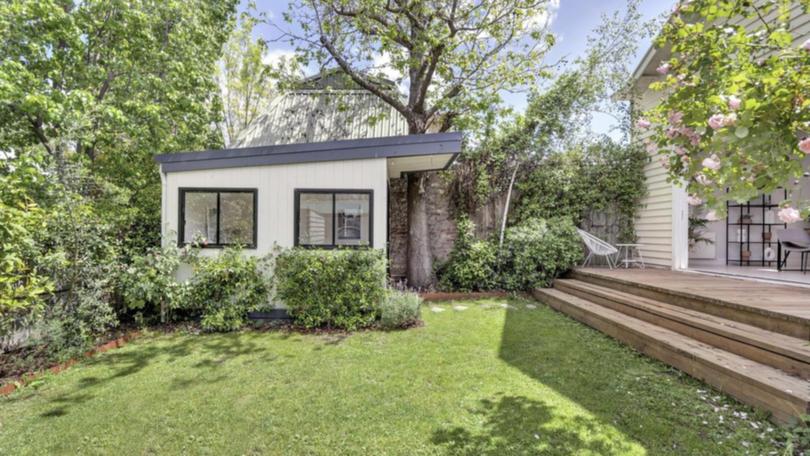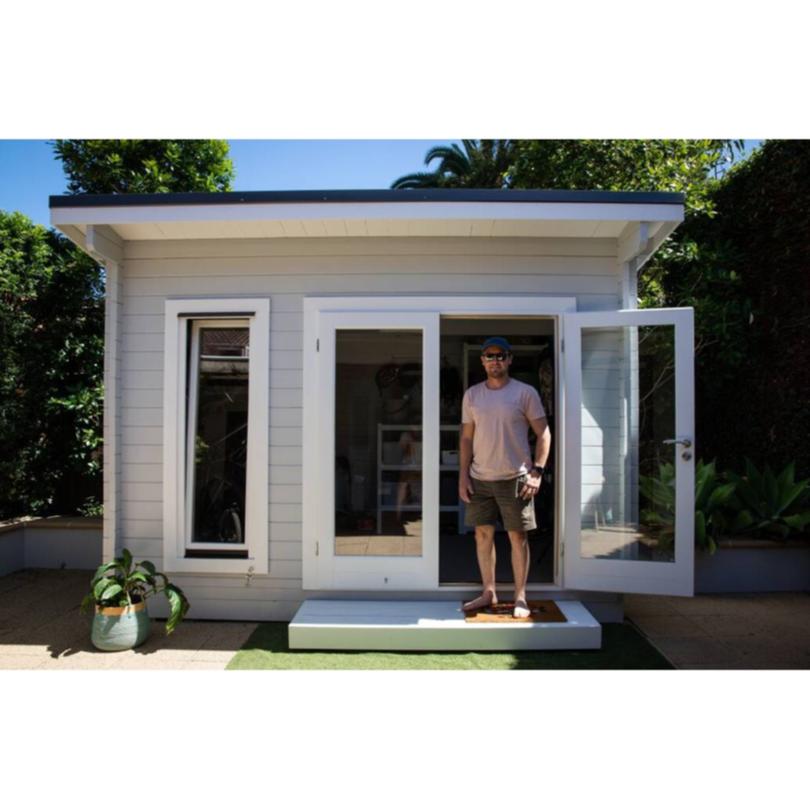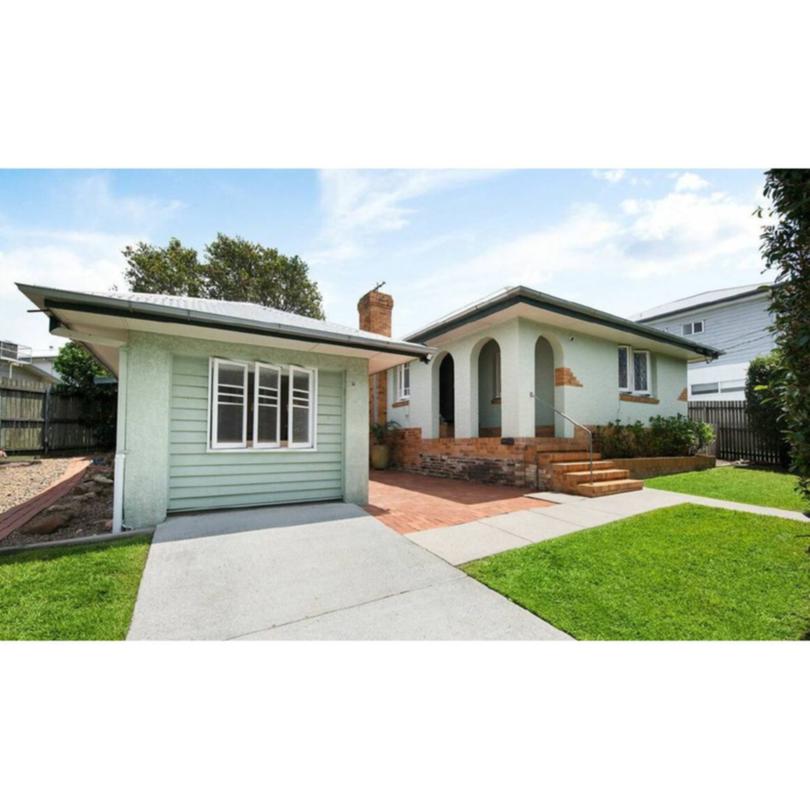Yes in my backyard: How granny flats could help solve the housing crisis

One of Australia’s top urban planners says reimagined granny flats could be the missing piece of the puzzle needed to solve the current housing crisis.
Mike Day, a partner at global services firm Hatch, says more homeowners investing in second dwellings, which he calls ‘IMBY’ (in my backyard) homes and a further easing of government restrictions could alleviate the nation’s housing shortage.
He says if widely embraced, IMBY homes could provide a solution to expanding housing infrastructure, following an easing of state government second-dwelling permit restrictions across the nation.
Sign up to The Nightly's newsletters.
Get the first look at the digital newspaper, curated daily stories and breaking headlines delivered to your inbox.
By continuing you agree to our Terms and Privacy Policy.“State governments have made strides in scrapping planning permits for flats under 60 square metres, but better cohesion between councils and a shift in how we view IMBYs is needed,” he said.
The Victorian Government’s latest Housing Statement has axed planning permit requirements on granny flats in most cases. And in Queensland, the government recently eased restrictions on granny flat rentals.
Meanwhile, earlier this year, the WA government scrapped the need for planning approvals to build a granny flat up to 70 square metres, as long as it meets setback requirements.
Mr Day said homeowners might be more willing to consider adding second dwellings to their homes if there is greater awareness that the granny flat has been transformed in recent years to include retrofitted studios, above-garage apartments and innovative two-bedroom backyard units and tiny houses.
“There’s a plethora of typologies and variations that, if embraced, could change Australia’s housing landscape.
“But we must also push for better neighbourhood design to ensure walkability and public transport networks are in place or the potential for a second dwelling will remain locked,” he said.
Granny flat suburbs
In a report released late last year, CoreLogic and digital property planning platform Archistar identified that more than 655,000 residential properties could be suitable for a granny flat across Brisbane, Sydney and Melbourne.
If utilised by homeowners, they argued it could ease housing supply and affordability concerns plaguing the nation.
In Melbourne, for example, the Granny Flat Report identified outer suburbs such as Glen Waverley, Rowville and Berwick, as well as Rye on the Mornington Peninsula, as the suburbs with the most properties capable of accommodating secondary dwelling units.
But even in suburbs closer to the CBD, such as Kew and Glen Iris, the report identified 1,293 and 1,846 properties respectively that could host granny flats.
Meanwhile, in Sydney, Baulkham Hills, Castle Hill, Cherrybrook, Carlingford and West Pennant Hills were identified as the most granny flat-friendly suburbs, with between 40 per cent and 60 per cent of properties in these suburbs identified as being able to accommodate a second dwelling.
In Brisbane, The Gap in the city’s north west was found to have the highest number of potential granny flat development properties, with close to 3000 properties identified.

Despite so many homes being earmarked as prime real estate for a second dwelling and with permit restrictions easing, Mr Day says second dwelling uptake remains limited.
Data published by the Housing Industry Association estimates the number of granny flats or second dwellings being built remains lower than 2017 levels in NSW.
While in Victoria, just 1,350 granny flat permits were issued between 2019 and 2023, which equates to just 270 per year.
High demand
Real estate agent Michael Flevaris from McGrath Brighton Le Sands currently has a home for sale in Sydney’s south that features two separate dwellings; a three-bedroom house and a two- bedroom unit.
Mr Flevaris said the property at 1 MacDonald Street, Ramsgate has been hugely popular among buyers who have all identified different uses for the second dwelling.
“We have one family at the moment who are looking to potentially buy it and the plan is for the mum and dad and the son to buy it together and for mum and dad to live in the front in the house and for their son to live in the unit,” he said.
“They figure it is cheaper than for him to buy an apartment on his own,” he said.
“Then we have other buyers who plan to live in one of the homes and rent out the other and bring in some extra income,” he said.
“Any property that has a second dwelling or the space to build a granny flat or separate studio is very attractive for many buyers due to the ability to earn extra income or because of the potential to buy together with extended family without necessarily having to live together,” he said.
Rental option
Trudi Ray, the CEO of affordable housing provider Haven Home Safe, believes modular IMBY homes are a feasible solution for tackling the housing crisis.
“The ability for modular homes to provide diversified housing options is a big plus, when considering the majority of social and affordable housing renters are looking for smaller one-to- two-bedroom homes,” she said.
“Smaller homes also mean reduced energy expenditure for renters,” said Ms Ray, whose organisation is currently working with prefabricated building group ARKit to provide 25 new homes for people who have applied for social housing on the Victorian Housing Register.
“Additionally, with the Victorian Housing Statement allowing small second homes to be built on existing properties, we have identified 55 sites that we already own where we could add a modular home. This would significantly and swiftly increase affordable housing supply,” she said.

Ms Ray added that modular IMBY homes, which are built in a warehouse and transported to the site, also alleviate issues relating to labour and trades shortages.
“The modular prefabricated system removes the issue of finding trades in regional and rural areas, as their prefab construction is built offsite,” she said.
Mr Day says for granny flats or IMBYs to become a viable solution to the housing crisis governments must work closely with local councils to make creating them a more straightforward process.
“Appetite and demand is there for tenants who would rent an IMBY home. But what’s needed now is a multi-pronged approach to ensure homeowners have access to the full design IMBY gamut and state governments work hand in hand with councils to streamline restrictions,” he said.
